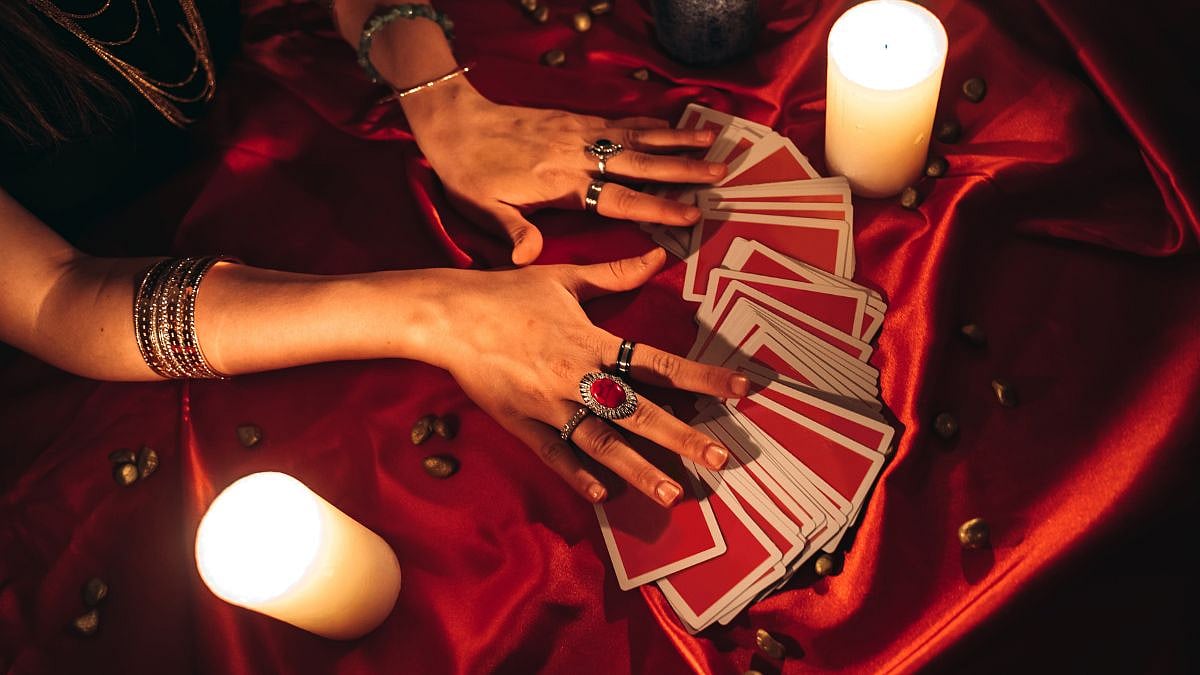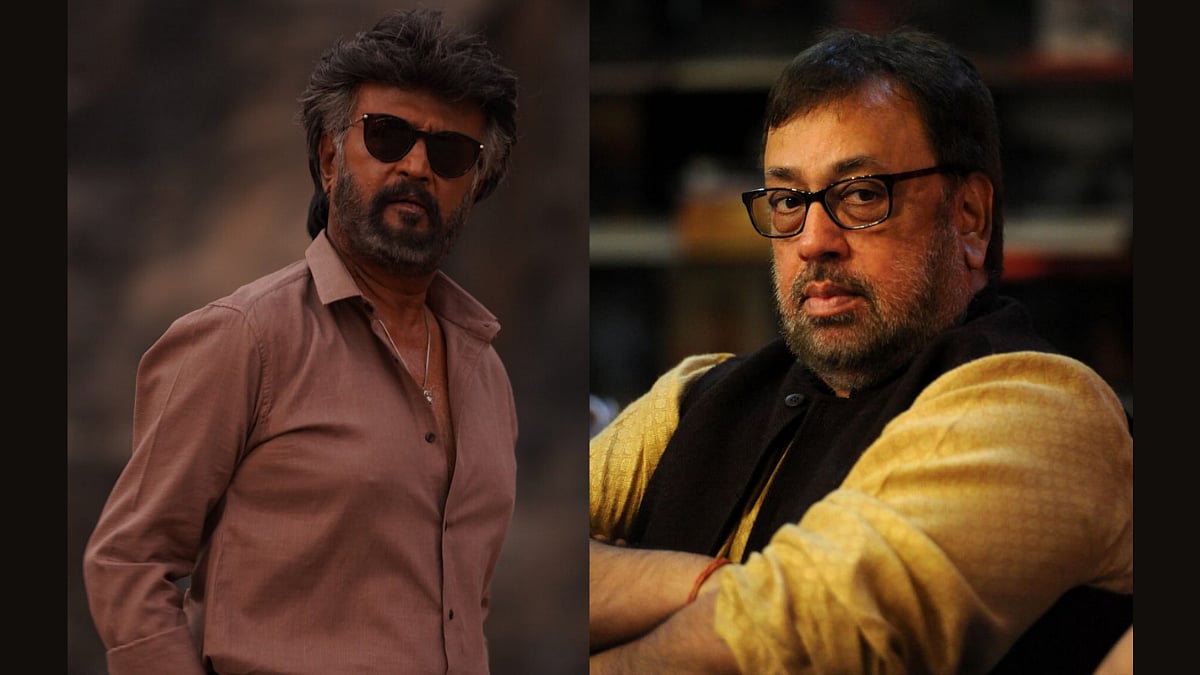Amol Palekar has transcended through the multiverse of art with ease in the last five decades. Theater, films, television, OTT, fine art… he has been there, done that, got the t-shirt — as painter, actor, director and producer! He has always lived his life on his own terms by choice. Apolitical by nature, he has always respected opinions of his opposers and critics.
Palekar celebrated his 70th with a brush in hand and enters the 80th with another experiment with the brush — use of black canvas and the traditional kawad (wooden cupboards used for storytelling traditionally in Rajasthan). His exhibition just concluded at the Jehangir Art Gallery, and he entered his 80th year on November 24th. A trained artist from the revered JJ School of Art, Palekar was overwhelmed by theater and hobby became a profession sooner than he realised. Back to what he loves and has always loved to do, he thanks the ability to paint for keeping him sane during the pandemic. “Almost the entire body of work that you see here is the work of pandemic. Being a born optimist, my thoughts were focused on how to come out of this dark period, when everything was dark, depressing, everyone was unsure of the future…” says Palekar.

“Painting is more of an introvertish journey for me. Therefore, I didn’t need anyone else. I was communicating with myself and going as deep within myself as possible… Some of the black canvases that you see here are indicative of those black periods,” he adds. He goes on to admit that it was more of an exploration and catharsis than anything else. “The adage goes that there is a light at the end of the tunnel… it might be a never-ending tunnel, but yet you know that there’s a light at the end of it and you try to move towards it… this whole process symbolises that… the journey to reach the light… as pleasurable and as meaningful as possible.”
While the black canvases were a representation of the dark, the exhibition also had white canvases with bold strokes and textures. The colours used on the white canvases were hues of the same parent colour… giving it a vibrant yet serene vestige thanks to the blank space which leaves the viewer thinking. “I have always been fascinated in theater with the ‘pause’. As an actor I realised that the lines are given to me by the brilliant writers… so what do I bring to the table? One way is that I make them sound like they are mine… but beyond all that I remember experiencing the triumph after the pause after delivering a line… the entire auditorium waits in anticipation and bated breath for the next word that I utter. That I think was my victory as an actor. That pause was mine.” He believes that the timing of the pause is very important. “It cannot continue for too long. It must be just enough to hold the audience. I can extend it from my initial five seconds to ten or to twelve… but if I lose my audience, then I should understand that the pause has lost its beauty and shorten it.”

Palekar divulges that he has been experimenting for quite some time now to incorporate that pause into other visual arts. “I have tried to translate the ‘pause’ into the canvas by not clustering it with colours but leaving blank spaces. They are the pauses… yet they are not overpowering.”
There was one particular painting which specifically intrigued me — it appeared like flying angel from where I sat to interview Palekar and strokes of lightening when viewed from near. “That is the beauty of an abstract painting. If you have one on your wall at home, it will talk to you differently each day… I find that extremely fulfilling. You can get that experience once you stop looking for identifiable objects in a painting… it is like listening to music and responding spontaneously to music without thinking about the grammar of it.”
Palekar strongly feels that we lack the introduction to visual culture which has largely prevented people from appreciating arts. “We have developed an ear for music but not an eye for visual arts. A child is not introduced to arts by taking it to museums or art exhibitions… that’s not in our culture and that is sad,” he says. “There was a time when we had a sculpture at Haji Ali, almost 40 feet mural at Worli… and people stopped to look at it… discussed it… but in an attempt to erase British memories from the city, they removed everything…” Palekar expresses grief. “Today all that we see is ugly statues of political leaders, banners of political parties at every corner…” he laments.

“Today the social fabric has changed, the political scenario has changed. The political tolerance has changed… the atmosphere has become so toxic,” Palekar adds. “Earlier politicians, despite their political stands, appreciated art. I remember the time when Indira Gandhi, keeping aside the political vengeance for the stand one of my plays took against her during Emergency, instructed Vasant Sathe — the then I&B minister — to lift the ban he had imposed on my film Akrit. That kind of dignity and appreciation for art is missing today. Situation is deteriorating day by day.”
Bringing back the conversation to his current exhibition, the use kawads and use of religious motifs are distinctly different from his earlier exhibitions. The kawads extend a third dimension to some of his white canvases as they are painted in the same colours and similar strokes. The religious motifs intrigue me knowing that he is not a religious person. “When I say I believe that all religions say the same thing, I mean that all religions propagate humanity and that is the religion I believe in. Going beyond that, I respect everybody’s faith. By using various religious symbols, that is precisely that I am trying say — there’s no one religion!” Palekar concludes.










